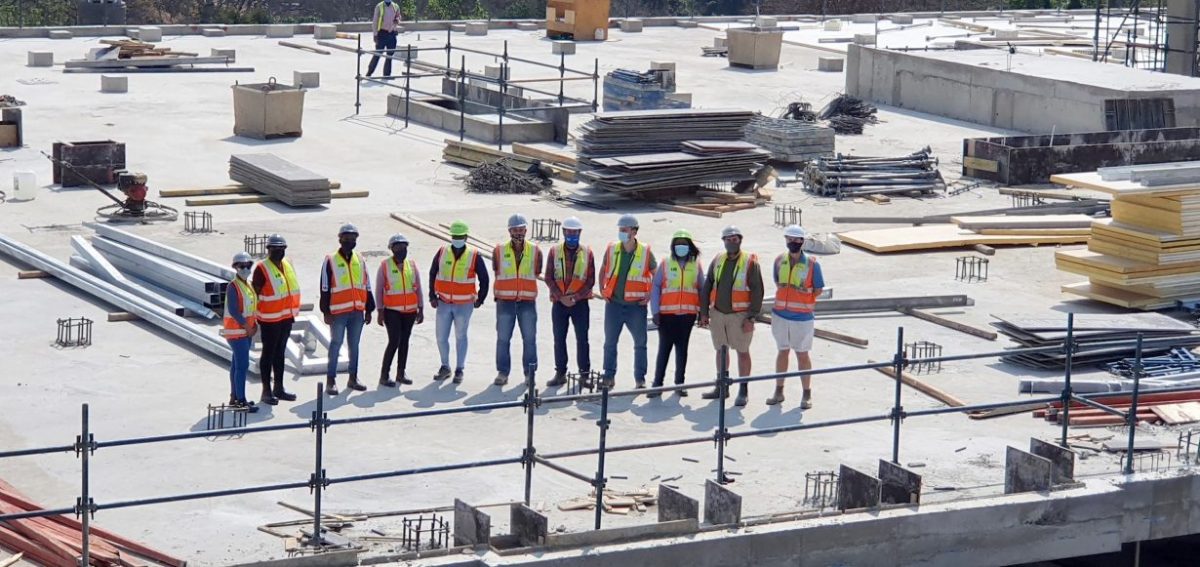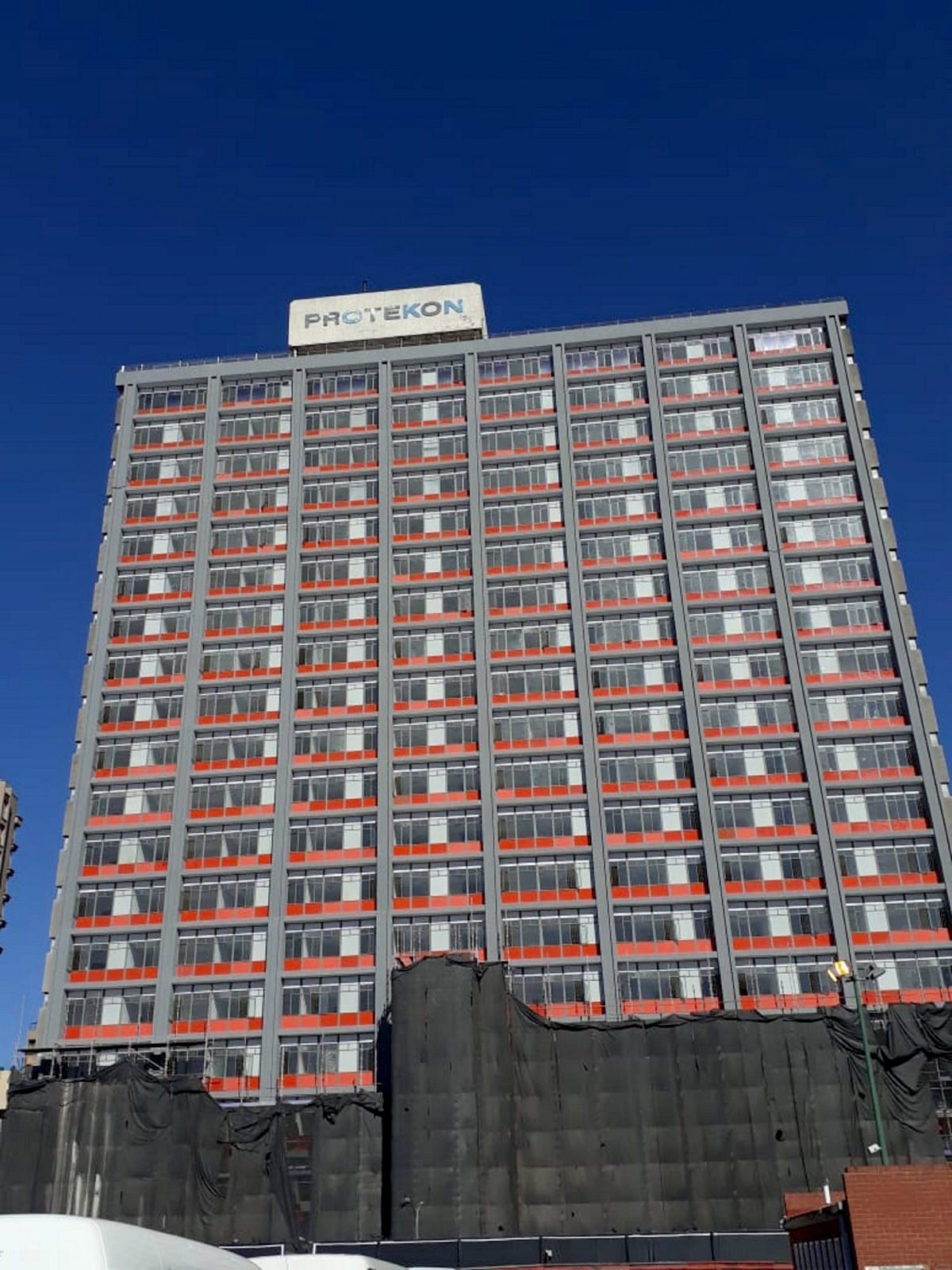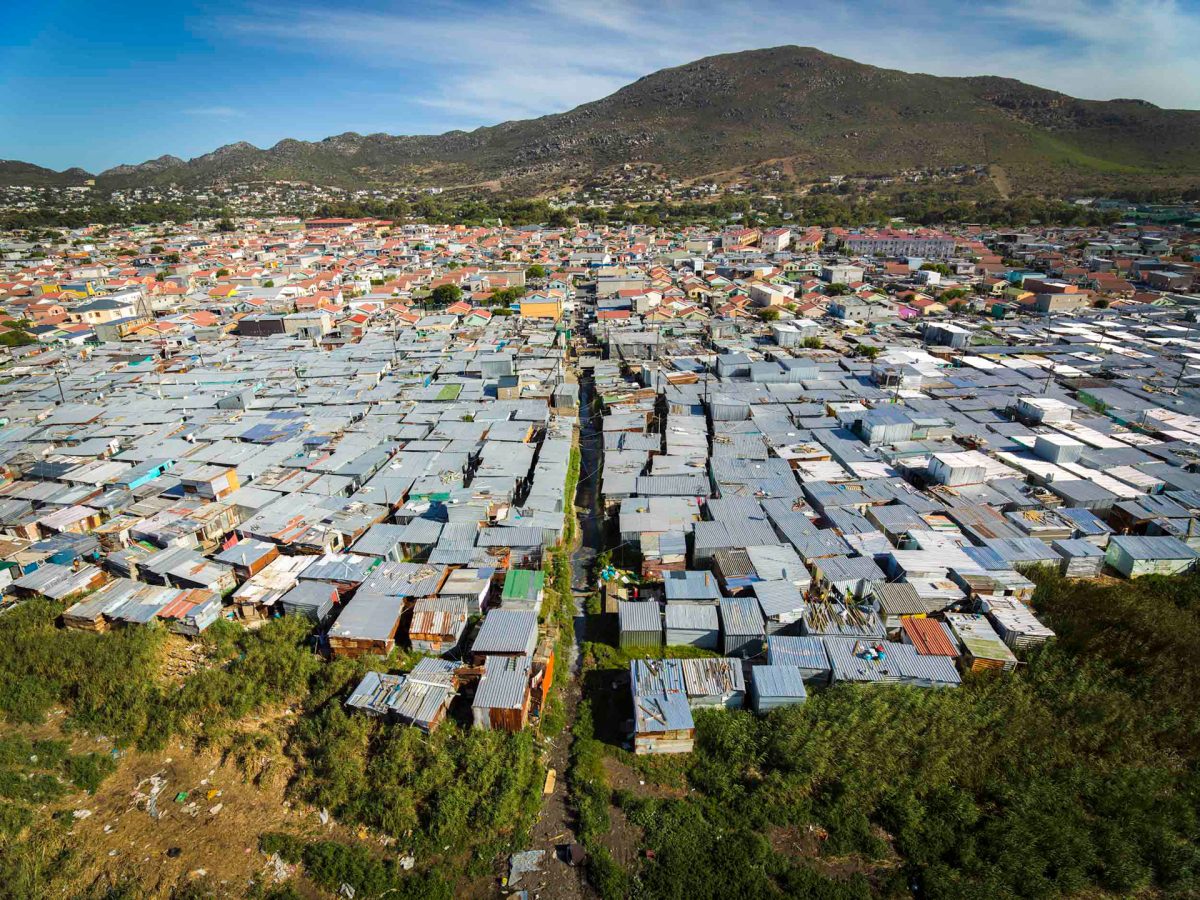

All forms of infrastructure are critical for the expected global urban growth, yet cities face a $4.5-trillion- to $5.4-trillion-a-year investment gap to develop resilient infrastructure. Smart cities are a response to infrastructure and funding challenges, says consulting engineering firm WSP building services Africa director Alison Groves.
Instrumental to achieving sustainable, smart cities is harnessing digital technology and communication to enable connected cities, adds information and communication technology multinational Ruckus Networks sub-Saharan Africa sales director Riaan Graham, in a press release co-written with Groves.
Urbanisation, demographic shifts, environmental changes and new technologies are reshaping the way city leaders view sustainability, as well as how they create and deliver on public services to address new dynamics.
Smart cities will help address the economic and social inequalities that these dynamics create by providing physical and digital connectivity for all citizens.
Cities account for between 70% and 80% of the world’s economic activity, which will increase as cities grow. In the next 35 years, the population in cities is estimated to expand by an additional 2.5-billion people. Cities are a vital component for connectivity, public health, social welfare and economic development.
“Cities are leveraging smart and public WiFi for many applications beyond free public access to the Internet, such as for routing traffic, monitoring air pollution, conserving water and improving public safety,” says Graham.
An International Data Corporation smart city information brief says networked light-emitting diode street lighting can achieve between 25% and 50% reduction in operations and energy costs. Connected garbage bins can yield more than a 50% reduction in garbage collection costs; cost reductions between 20% and 30% can be obtained through smart parking; and smart water systems can reduce clean-water losses, as a result of leaks and burst pipes, by 40%.
“These capabilities are key to building sustainable cities and managing resources and services,” says Graham. However, Groves warns that planning, designing and building infrastructure in developing countries require that planners be conscious of the two poles of the development cycle.
“On one end, we have cities and urban centres faced with challenges to maintain and expand the capacity of existing infrastructure networks. These nodes have long-term infrastructure planning in place. “At the other end, we have vast areas that are underdeveloped, geographically dispersed, remote and with limited physical and digital access to urban nodes.”
Therefore, to support the growth of populations, industries and economies, long-term planning must be approached with a vision to meet the needs of both ends of the development cycle and the intermediate cases, says Groves. “The goal should be to build people-centric, integrated, connected, smart, nimble and resilient liveable spaces where societies can thrive,” she concludes.




